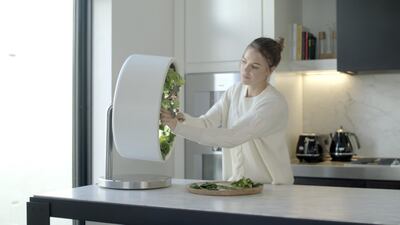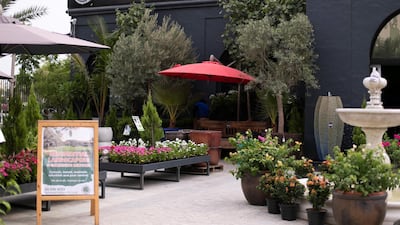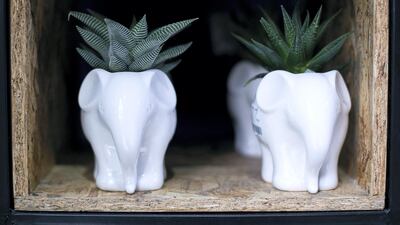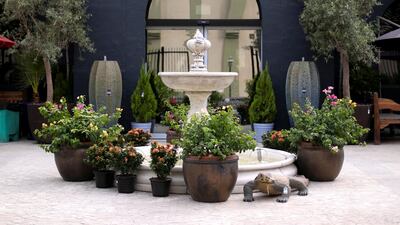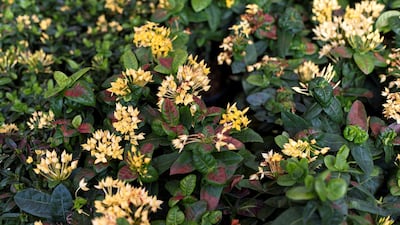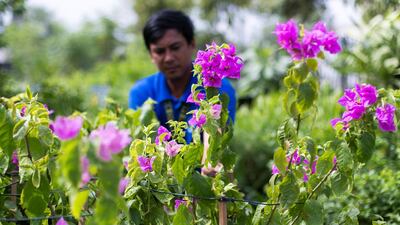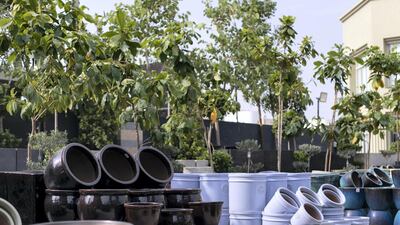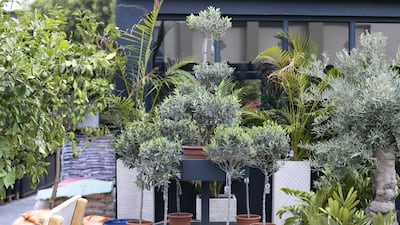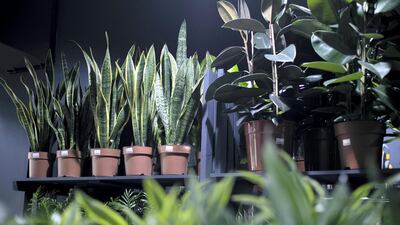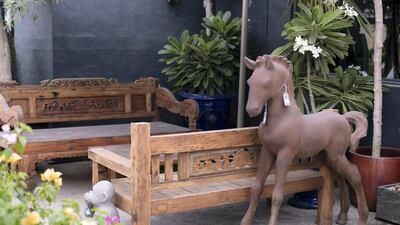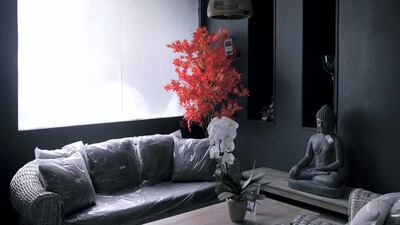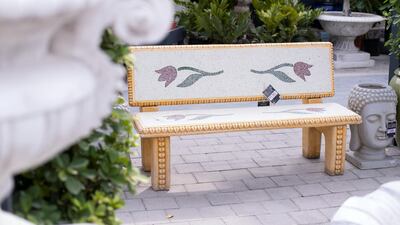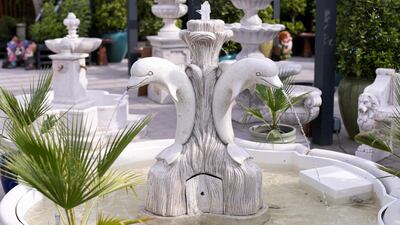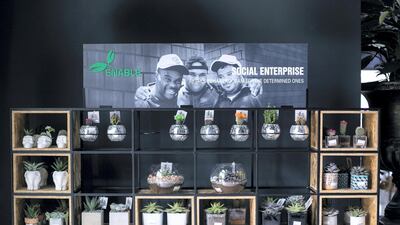Those who love to garden, but don't have the space for their own vegetable patch, need not hang up their gloves quite yet. It may no longer be a prerequisite to have a plot or even a balcony to grow your own herbs, vegetables or fruit.
What is hydroponics?
Hydroponics, the process of using a nutrient-rich water solution to sustain plants without the need for soil, is being applied on a mass scale in farms across the world and is likely to be coming to a home near you in the not-so-distant future. The idea is that plants can grow in an environment they are not usually accustomed to, eliminating the need for soil and therefore lending hydroponic systems to indoor gardens – including those within our own apartments.
With a steadily increasing world population (we're currently hovering at the 7.7 billion mark) and mounting concerns over a global food shortage crisis in the near future, innovators are looking into new ways of growing that put less pressure on the planet's natural resources. As such, the hydroponics industry has grown rapidly and last year was valued at $24 billion (Dh88.14bn). The Netherlands, Spain and France are currently market-leaders in hydroponics, showing the world how it's done when it comes to growing your plants indoors, while the Netherlands is also the largest producer of hydroponic crops. The vegetables that are grown using these methods in Europe include peppers, cucumbers and tomatoes.
The Middle East: a region ripe for hydroponics
The market research team at Mordor Intelligence further indicates that the Middle East is a region ripe for hydroponic systems being used to grow plants. The report states: "The technology has been standardised for various vegetable crops and it has great potential, especially in regions like the Middle East, where billions of dollars are invested to import food and grains, due to water scarcity and unfavourable environmental conditions for agriculture." Projects are already in place in The Sustainable City in Dubai, Masdar Institute in Abu Dhabi and Al Helyo in Ajman.
Usually, soil will support a plant's roots. In hydroponic systems, the plants are given an artificial support and fed a nutrient solution directly to its roots, usually with a pump or via a pipette or dripper.
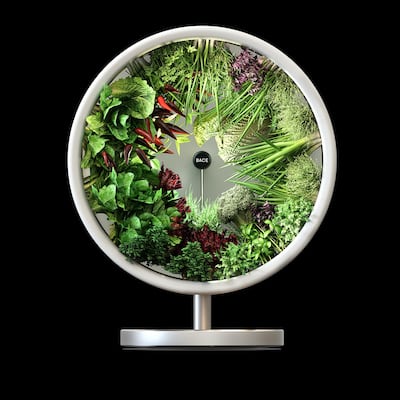
Plants grown using the hydroponic method might have their roots suspended in the air and then sprayed with a solution mist, or placed in glass for support and flooded with the solution.
The idea, despite seeming like something out of a Ridley Scott movie, has been employed for thousands of years. The Chinese had floating gardens as long ago as the 1200s and the Aztecs built farms on water around Tenochtitlan, their island city. In the 1930s, Pan American Airways used a hydroponic farm on a tiny island in the Pacific Ocean so that it could replenish food supplies on-board its aircraft during long-haul journeys from the US to Asia.
_____________________
Take a look inside Dubai Garden Centre's new branch:
_____________________
In more recent years, Nasa has led research into hydroponics as part of its projects in creating life-support systems for space stations and in preparation for the potential of humankind colonising other planets.
Funding is going towards developing systems that go beyond the mass-scale farming level, to smaller, efficient and easily replicated systems we can use within our own homes. For instance, the Rotofarm by Bace – a rotating at-home hydroponic system powered by an LED light that suspends its plants in negative gravity for faster growth – was inspired by systems developed for Nasa.
'It's a breeze'
"Hydroponics is an excellent solution when you look for a sustainable method of growing vegetables in the home," says Smitha Paresh of Greenoponics Agricultural Services, UAE-based specialists in soil-free and controlled-environment farming techniques. "You are saving 60 per cent to 70 per cent of water when you use hydroponics," she says, attesting that the UAE, being an arid region, is a place well suited to this method.
Using a hydroponic kit for your own indoor garden can lead to economic and health benefits, as well as offering purely aesthetic value. Some indoor gardeners, such as Natalia White in Dubai, are switching to hydroponic systems to grow their own herbs. "I could never get hold of decent basil and I wanted to just have something to hand at home for when I'm in the kitchen and rustling something up," says White. "I now have thyme, basil, coriander and parsley all hanging from the wall in my kitchen, and it isn't messy because I don't have them in pots with soil. It actually makes my kitchen brighter, as well as working out cheaper because I'm not constantly buying imported herbs."
If you're considering trying it at home yourself, Paresh says making the switch to hydroponics is simple. "There are different techniques of hydroponics, but the NFT [Nutrient film technique] is the one mostly used in homes," she explains. "Once you get the knack of keeping the EC [electric conductivity] and pH correct, hydroponics is a breeze."
Which system should you use?
One of the mini systems available at Greenoponics – aptly named Verte – allows you to grow 28 salad greens, equivalent to one head of lettuce for each day of the month, completely pesticide-free. Among other easy-to-grow options, Paresh recommends getting started with okra, aubergines, basil, rosemary, thyme and rocket leaves. Once you've mastered these, you can move on to growing trickier options, such as tomatoes.
Other devices include the rotating countertop system by Bace, which the company claims is "the world's most space-efficient hydroponic vegetable farm". Even Swedish DIY furniture company Ikea has jumped on to the at-home hydroponics trend, developing the Krydda / Vaxer Series that allows you to grow your own plants indoors without soil or even sunlight. Meanwhile, in the UAE, Greenoponics and Plantshop.ae offer their own, easy-to-use hydroponic starter kits for those who want to design their own indoor garden.
